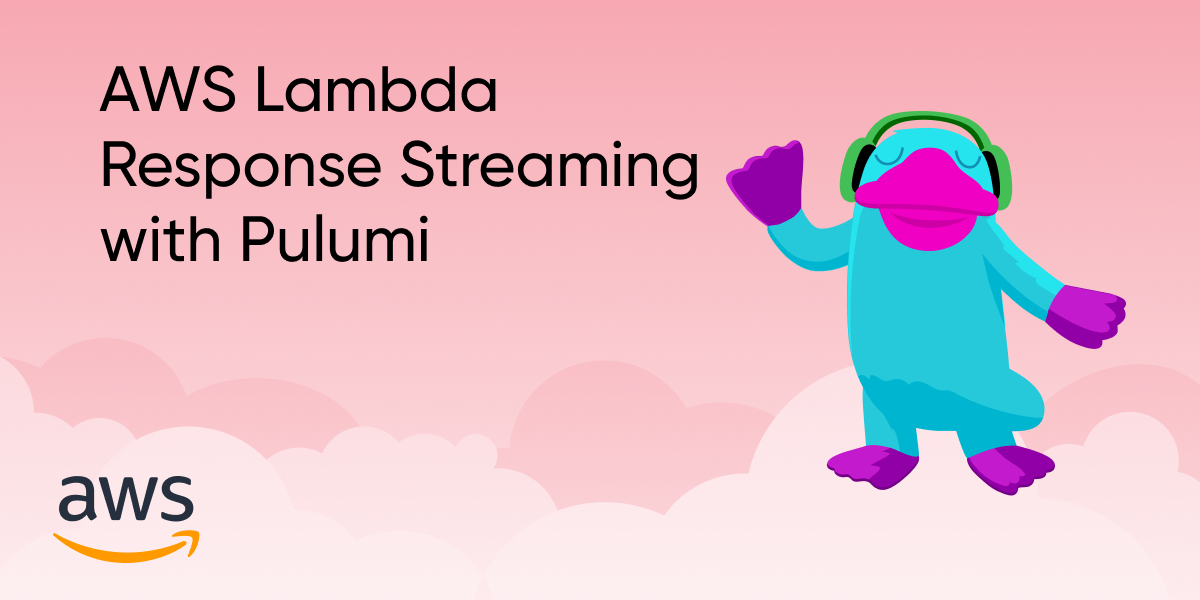AWS Lambda Response Streaming with Pulumi

Since its introduction in 2014, AWS Lambda has rapidly expanded its capabilities from simple “functions in the cloud” at launch to a comprehensive serverless platform with support for containerized functions and public per-function URL endpoints. As serverless applications have increased in sophistication, developers have used functions-as-a-service as a first-class tool in their microservices strategy. As organizations increasingly look to break up their monolithic applications into services, adoption of AWS Lambda has not been a viable option for applications that return payloads larger than the 6 MiB Lambda service limit.








